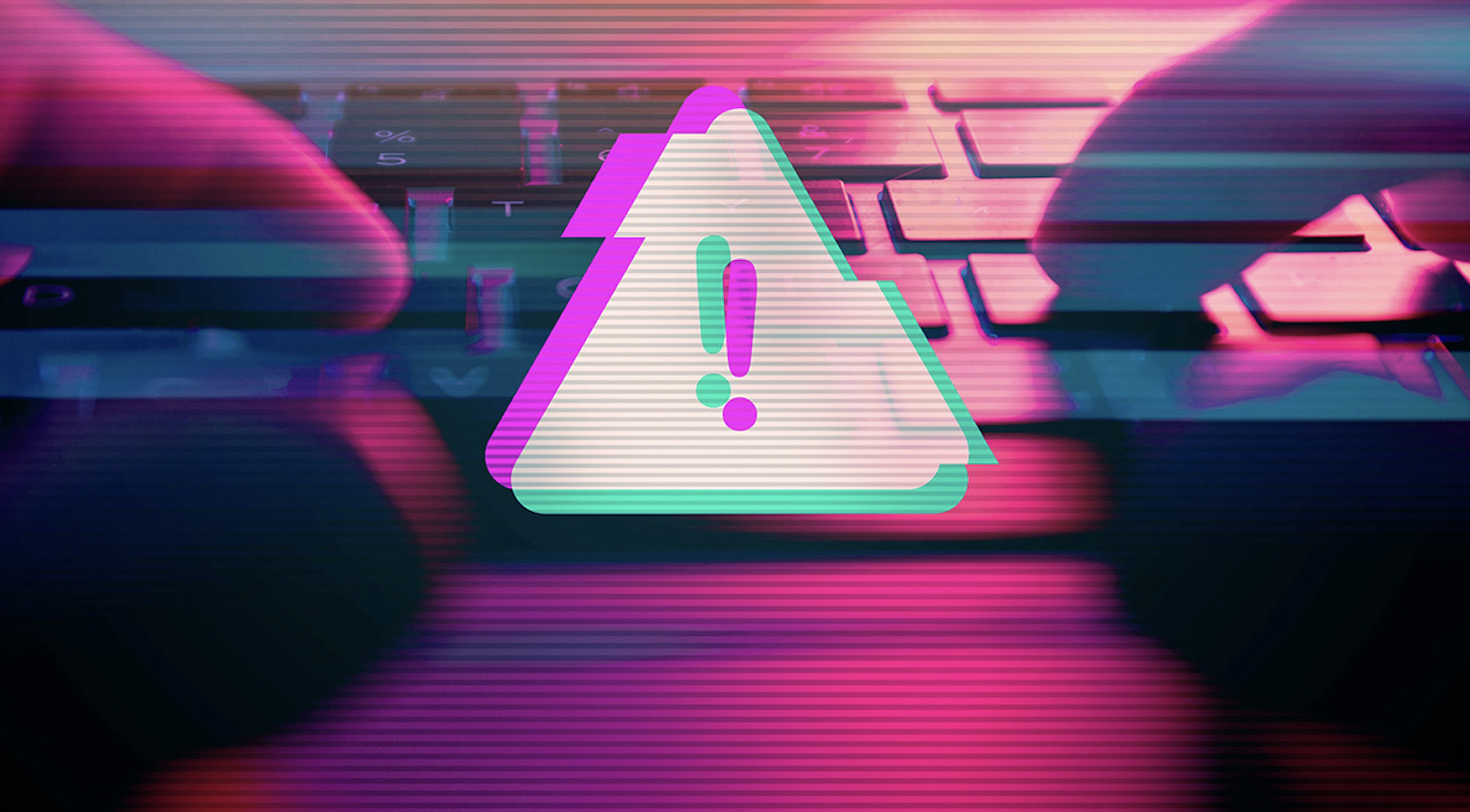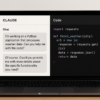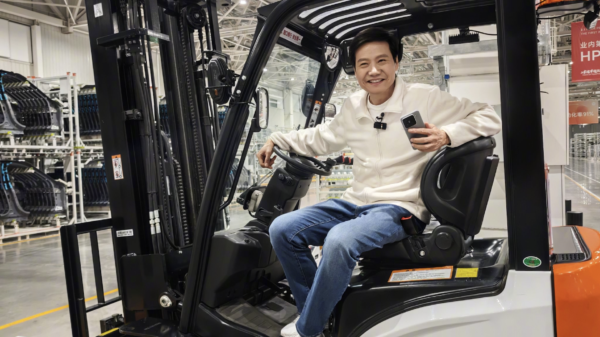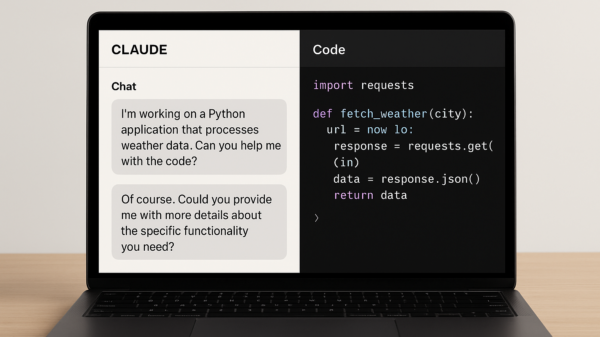AI has been gradually making our lives easier in multiple ways, but our lack of understanding about its dangerous capabilities in the wrong hands is highly alarming.
Last week, the Massachusetts Institute of Technology published a report explaining that 80 per cent of the world’s latest ransomware attacks are made possible with the help of artificial intelligence.
A ransomware attack is a type of cyberattack where malicious software encrypts a victim’s data or locks their systems to prevent them from accessing it. The bad actor behind it then demands that the victim pay to let them back in. They want Bitcoin or other cryptocurrencies on 95 per cent of occasions because of its anonymity and difficulty to trace.
These hackers will exploit vulnerabilities like weak passwords to gain entry to data held by individuals, companies or organizations. AI has been making this process quicker, more efficient and harder to detect.
“Adversarial AI is now automating entire attack sequences, executing with minimal human intervention, and dynamically adapting to exploit weaknesses in real time,” the researchers explained in the report.
The MIT scholars examined data on 2,800 attacks from 2023 and 2024 to derive the 8 out of 10 figure mentioned. Their research was spearheaded by the school’s cybersecurity director, Michael Siegel. He has pointed out that attackers only need one entry point while those defending must safeguard multiple.
“Our work identified close to 30 threat actors that represent resources of AI-driven automation, deep learning, and real-time adaptation to bypass security measures, personalize phishing attacks, optimize malware delivery, and exfiltrate critical data with greater efficiency,” the report stated.
To combat this concerning trend, MIT has suggested that artificial intelligence should be employed to combat artificial intelligence.
“Autonomous and deceptive defense systems, which use analytics, machine learning, and real-time data collection to learn from, identify, and counteract threats,” to be more specific.
MIT is widely considered to be a global leader in cybersecurity research. MIT Sloan and the institution’s Computer Science and Artificial Intelligence Laboratory are its two primary study hubs.
The release of the top-ranking school’s research follows a major cyberattack committed by a hacker that weaponized the AI model Claude to steal data from dozens of victims. The LLM’s developer, Anthropic, also published a thorough report on the implications of AI-powered cyber crime in late August after the incident.

Top cybercriminal groups responsible for ransomware attacks in 2023 & 2024. Image credit: MIT Sloan
Read more: Hacker weaponizes Anthropic’s AI model ‘Claude’ for cybercrime spree
Read more: Nuclearn raises US$10.5M to get its AI tech into more nuclear plants
Follow Rowan Dunne on LinkedIn
rowan@mugglehead.com










